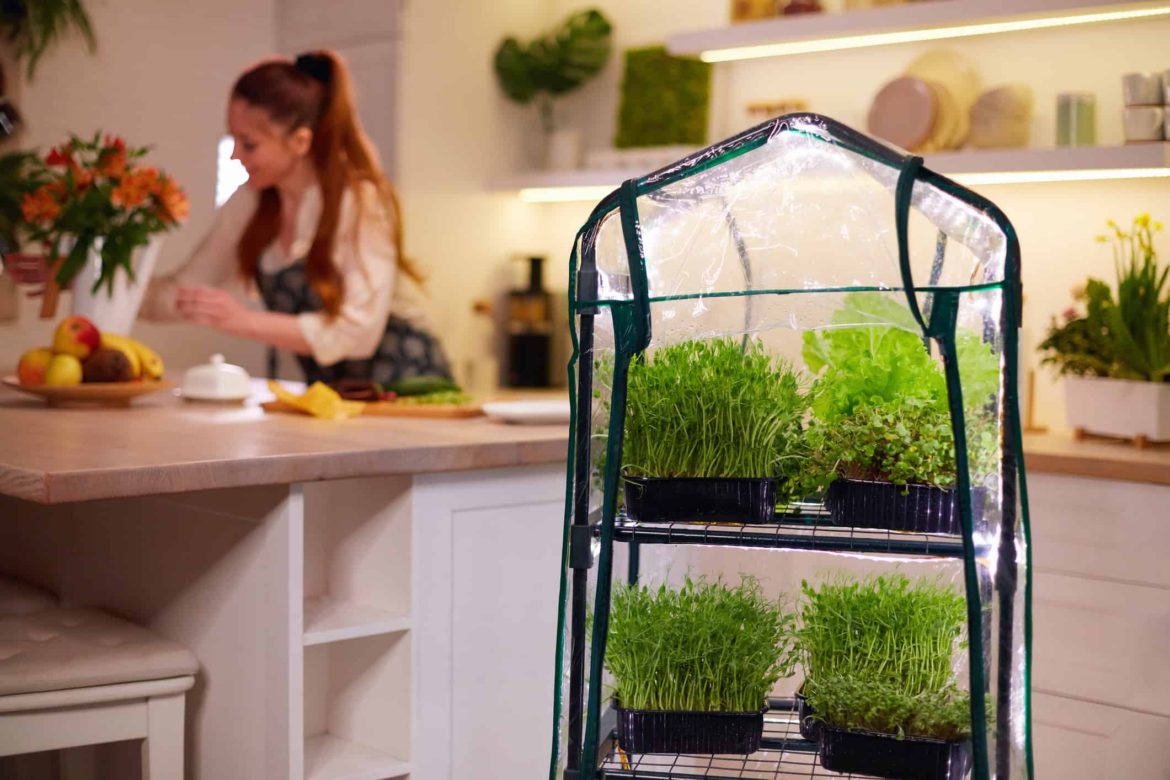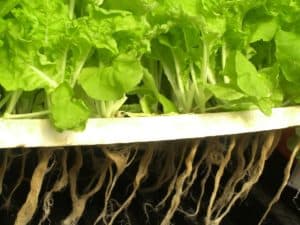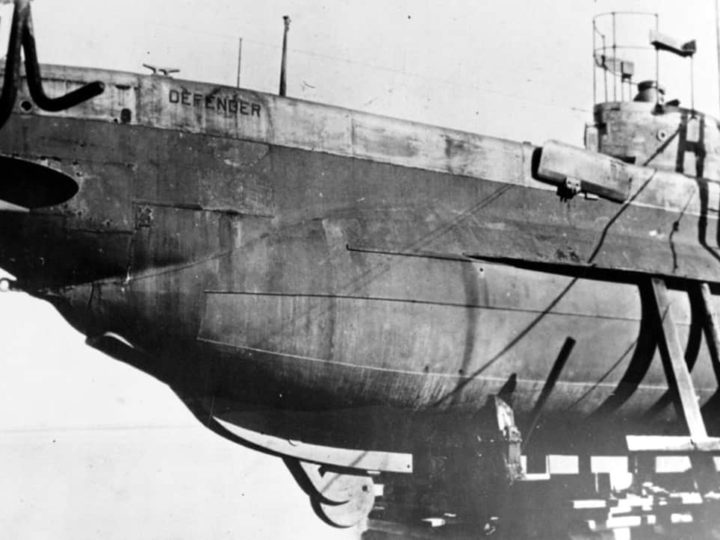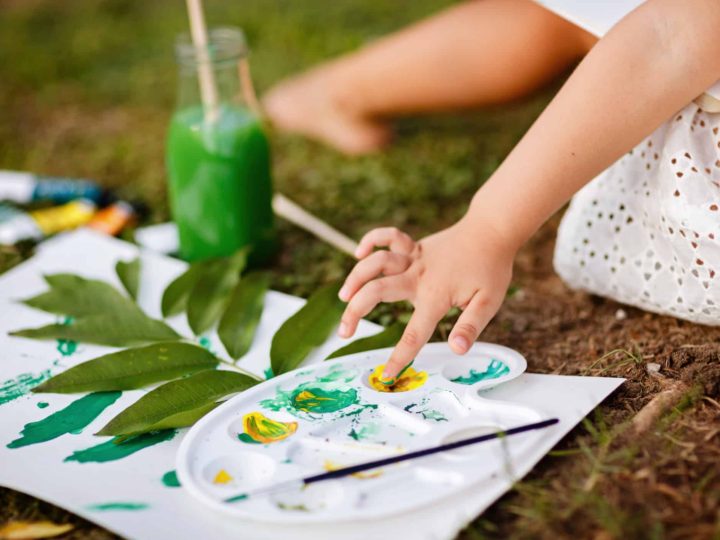
If you would like to enjoy some home-grown veggies this winter, go hydroponic! This method may seem to be a new twist on agriculture, but it has been used in different forms since 30 A.D. Tiberius, emperor of Rome, had a constant craving for cucumbers. He had his gardeners cultivate cucumbers in transparent containers filled with water and nutrients allowing the plants to grow year-round. In the sixth-century, the ancient Hanging Gardens of Babylon, one of the Seven Wonders of the Ancient World, was created in the desert by diverting water from the Euphrates River. Growing crops without soil has been in the works for thousands of years in places like China, where the Chinese created rice fields (paddies) without soil.
In the early 20th century, the University of California began experimenting to find practical ways to grow crops on a large scale using the hydroponic method. Lead scientist Dr. William Gericke coined the term hydroponic from the Greek words (ital)hydro (water) and (ital)ponos (labor).
Hydroponically grown plants are exposed to light so photosynthesis (using sunlight, water, and carbon dioxide to create oxygen and energy) can occur. The plant roots are exposed to oxygen via the moving water, fed with nutrients, phosphorus, nitrogen, and calcium. This exposure to consistent food and oxygen creates a better yield. Plants can be spaced closer together, and with some methods can be stacked vertically—an ideal growing environment in a small space. Hydroponic methods can be employed just about anywhere, including your home.
There are two basic methods you can use at home. Roots can be submerged directly into nutrient rich water or a soil-free medium of perlite, sand, or coconut fiber. Plants can grow fifty percent faster in these systems, and five times faster if grow lights are used. For example, if you plant lettuce in soil, it generally takes 60 days before you can harvest it. Hydroponic lettuce can be enjoyed in 30 days. A good portion of the produce you purchase in supermarkets has been grown hydroponically and is considered organic by the USDA
If you are handy, you can create your own garden with items from a local home improvement store. Create a water reservoir (think bucket or plastic bin) and fill it with water. Add fertilizer that meets the needs of the crops you decide to plant. A key factor is to aerate the water. An inexpensive way to achieve that is with an air stone and pump you can get at any aquarium or pet store. Create a raft that will float on the water made of food safe polystyrene with holes to place your seedlings. Set up a grow light above the setup.
If you are not handy or just don’t have the time, there are a wide variety of systems available for purchase. With a credit card and the click of a mouse you can have them delivered to your door within days; they are easy to set up so you can get farming fast. One thing you will need are the plants to get started. Sets can be ordered online or you can grow what you like from seed.
Hydroponic gardening is a wonderful way to enjoy the freshest produce. Get the kids involved; it is fascinating to watch your garden grow…and since they have helped grow the vegetables, they might actually want to eat them. Happy Farming! – Susan Carroll Dwyer




